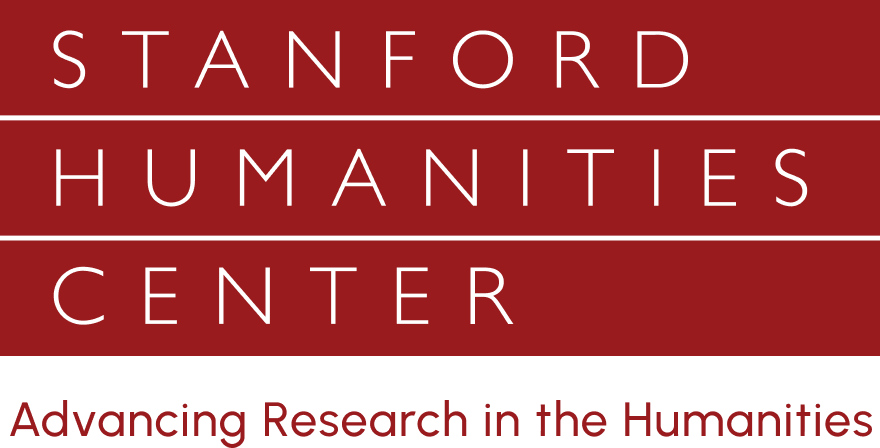Anh-Hoa Truong, Using Virtual Reality As a Compelling Media For Science Communication. Although the term “Virtual Reality” (or VR) became popular in the 1980’s, the technology has never been more consumer friendly. Thanks to systems like the inexpensive Google cardboard, the Samsung Gear VR, the Oculus Rift or the upcoming Valve/HTC Vive, interactive and immersive experiences are within reach. The array of VR applications are already wide: entertainment, tourism, phobias therapies, empathy or behavior research… This blooming media also represents a unique opportunity to think differently about how information can be presented. Therefore, the potential of VR simulations as engaging features to explore science stories is tremendous.
10 years experienced French journalist with an expertise in science, technology and environment, Anh-Hoa has been working on online media, national newspapers and radio channels. He’s a member of the AJSPI, the French equivalent of the U.S. National Association of Science Writers. For 5 years, Anh-Hoa has also worked as chief editor at Nolife, one of the main cable channels in France dedicated to video games. He has recently been selected by the John S. Knight Fellowships at Stanford, a program fostering journalistic innovation and entrepreneurship. Here, driven by his passion for emerging technologies and their potential applications in media, he’s exploring how to use Virtual Reality for science storytelling.
Interactive media and games increasingly pervade and shape our society. In addition to their dominant roles in entertainment, videogames play growing roles in education, arts, science and health. This seminar series brings together a diverse set of experts to provide interdisciplinary perspectives on these media regarding their history, technologies, scholarly research, industry, artistic value and potential future.





